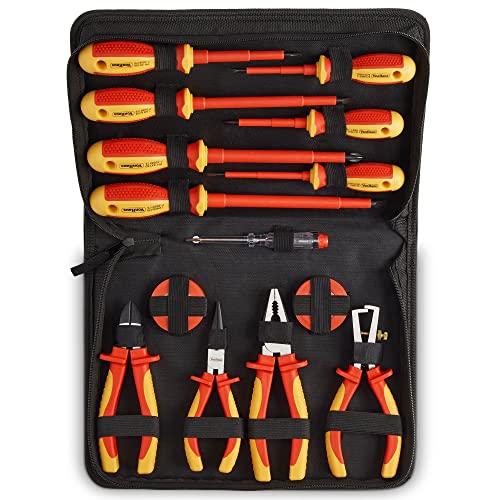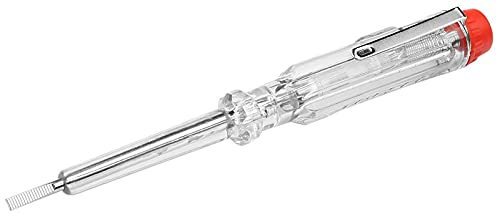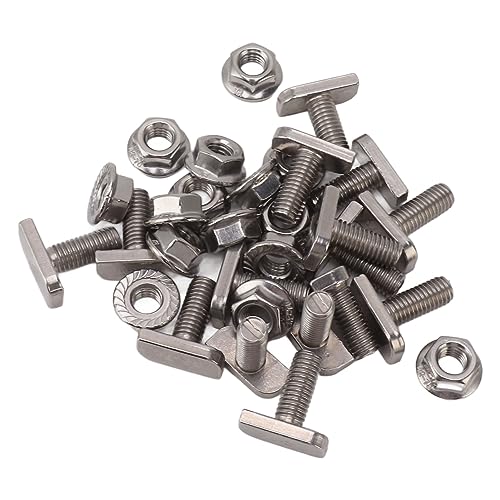Also' date=' would the only way to provide RCD protection be via an RCD socket?
[/quote']
RCD FCU at connection in house?
or if house Ring is already RCD protected.. which it probably should have been anyway.. (16th sockets likely to supply outdoor appliances?) the house RCD will do the job. and it will already be 30ma
Preferably I would put shed back to own circuit at CU with own RCD or RCBO
so it don't inconvenience house ring if rats go chewing the shed!
SpringC mentioned plastic fittings being essential if using PME - I gather this would be the case here then?
? ?:| :| I cant say I would agree with that statement?
Any metal fitting appropriately earthed in accordance with correct disconnection times ZS limits AND with additional RCD protection is as safe as a nice polished chrome metal fitting inside the kitchen on a PME installation...
or any Non class II item or equipment for that matter.
Personally I would use metal clad fittings in garages sheds workshops and the like' date=' far more robust..
If you had several sockets and want to join your bits up with SWA you have a nice sturdy structure to connect onto.
its not uncommon for sheds workshops etc.. to have uneven walls or movement in the walls, which can crack plastic back boxes. breaking the fixing holes to the wall.
I have replace too many plastic shed / garage fittings for me to consider them worth while in that environment.
Metal fittings appropriately earthed.
If the shed is ALL wood, no earthy extraneous metal parts, close to house.
NO parallel earth paths introduced, Volt drops, ZS's and disconnection times all compliant....
Then Exporting the house earth to the shed is no more dangerous than Joe public taking their 25m B&Q extension reel out into the garden from a plug in the house.
or working from the attached garage with a lead out onto the front drive vacuuming the car!
There are no extraneous fittings in the shed - they literally had it built last week, purely for storage purposes.
extra note re slipshods point fridge & cold weather,,,
When a freezer refrigerant gas goes from high pressure to low pressure, the temperature of the gas drops. a freezer is circulating a gas from high pressure to low pressure over and over again. there is a compressor and a closed tube of refrigerant.
The compressor pumps the refrigerant and compresses it. The refrigerant flows through the coils on the back of the freezer and through an expansion valve to the inside of the freezer. As the refrigerant passes through the expansion valve the pressure drops and so does the temperature.
The cold low pressure refrigerant warms up from the stuff inside the freezer absorbing heat from the freezer. Because this relies on warmer temperatures outside the appliance for the process to work. If the temperature outside a refrigerator or freezer, is too low, the appliance will not cool efficiently and the freezer will probably be too warm.
































































